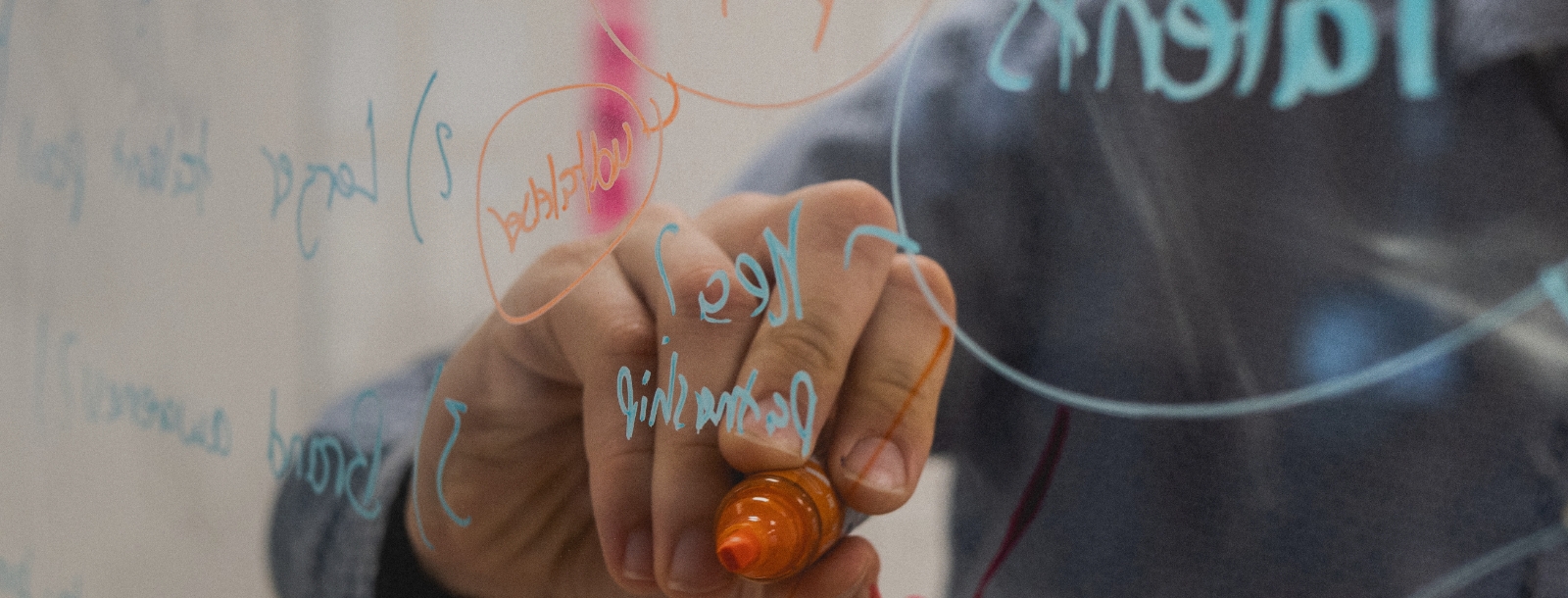A cup of tea has needs – a journey through mapping with Simon Wardley
Continuing our series of reviews of our previous podcasts, highlighting the nuggets of brilliant advice and information they contain.
This week’s focus is on Simon Wardley’s episode, with a thought-provoking journey about mapping
What is Mapping?
It is time to put aside all thoughts of big unwieldy atlases or Ordnance Survey maps – or should you?
Simon Wardley leads us through an enlightening discussion about the value of mapping.
It all started for Simon as a SEO of a service company, well adept to trotting out all the buzz statements that go with it – but by his own admission he was ‘clueless.’
His lightbulb moment came while browsing through a couple of translated versions of Sun Tzu’s The Art of War.
“Sun Tzu talked about five factors that mattered in competition:
- Understand your purpose, your moral imperative, why you’re trying to do
- Understand their landscape, that you’re actually competing it
- Understand the heavens, the climatic patterns, that the weather, so how the landscape is changing
- Understand doctrine – these are principles of organisation
- Then you’re into the leadership, which is where you’re into gameplay.”
He also found a degree of overlap with John Boyd’s OODA Loop – Observe, Orient, Decide and Act), and the heart of these are Two Why’s – The ‘Why’ of purpose and the ‘Why’ of movement.
Taking these to heart, Simon asked the company’s departments to provide him with their maps. He was inundated with all kinds of ‘mapping’ – but realised none of them were actually maps.
A map requires that space must have meaning. You need three characteristics – an anchor, the position of pieces and the consistency of movement.
Where does tea come into it?
Simon walked through an example of a cup of tea, or a tea shop.
The anchor in his example could be the tea shop as a business, the public who want to consume the tea, and perhaps the government who want to regulate the business in providing tea.
‘But a cup of tea has needs’ – tea bag, which requires hot water, which in turn requires cold water to be made into hot water via a kettle, which needs power.
Labelling items as tea, water, power to heat the kettle as commodities for example, but declaring the kettle as custom build opens the door to challenge the positioning, opening communication and thus creating a map.
In real life, Simon was able to put this into practice with an insurance company who would modify a rack for any server they ordered, with custom build racks and ensuing bottlenecks. He helped them map it out.
In looking at the map, they identified that the custom building of racks was the issue. Previously there were no standard racks, and so all the servers had to be modified to fit the racks. Things had evolved and the racks had changed, but that had never been factored into their process which had evolved around the ‘story’ of a need for customisation.
Mapping allows you to challenge assumptions.
Pre-mortem and post mortem
Perhaps less fatalistic than it sounds.
“We do pre mortem challenge, where we talk about what we’re going to do, and we use the maps to look at what we’re going to do.
“And then we work out how we’re going to play the game. Then we go and do something. And then afterwards, we do post mortem learning using the same maps.
“So we basically say, right, this was the map, this is what we thought would happen, what actually happened. And it’s through that process, we learn patterns.”
But remember no one size fits all for mapping. And one issue that occurs is organisations feel that the solution is to reorganise.
“I have a doctrine table I like to take them through and ask them: ‘Are you good at this stuff?’
“Do we have a common language, do we know our users? Do we actually understand their user needs?
“Let’s get good at that stuff first, and then we’re talking about re-organisation by that stage anyway.”
“You’re on the Titanic. What do you do? Do you fix the great big hole or do you move the deck chairs?”
Key Takeaways
A map must have meaning: What most departments thinks are maps are just graphs. To be effective, consider your anchor, position pieces and have consistency of movement to be able to map.
Plan ahead, and then revisit: The pre-mortem phase works out how to play the game, and then act on those plans. But afterwards, using those same maps, assess what you thought was going to happen, and what did happen.
A cup of tea has needs – you can use any scenario to grasp the basics of mapping. They are guiding principles rather than rules. The most important thing is that opens the door to communication.
Listen to Simon on the Enterprise Digital Podcast
Connect with Simon via X (formerly Twitter) @swardley or find him on LinkedIn.
The Enterprise Digital Podcast is a regular discussion on all matters related to Enterprise Service Management and Digital Transformation. The hosts are Barclay Rae and Ian Aitchison, who share and discuss their thoughts on the converging worlds of technology, service management, people and management, business and corporate development, governance, automation and more… Regular guests will be invited to try and get a word in …
Listen to the podcasts on Apple Podcasts, and Spotify.




